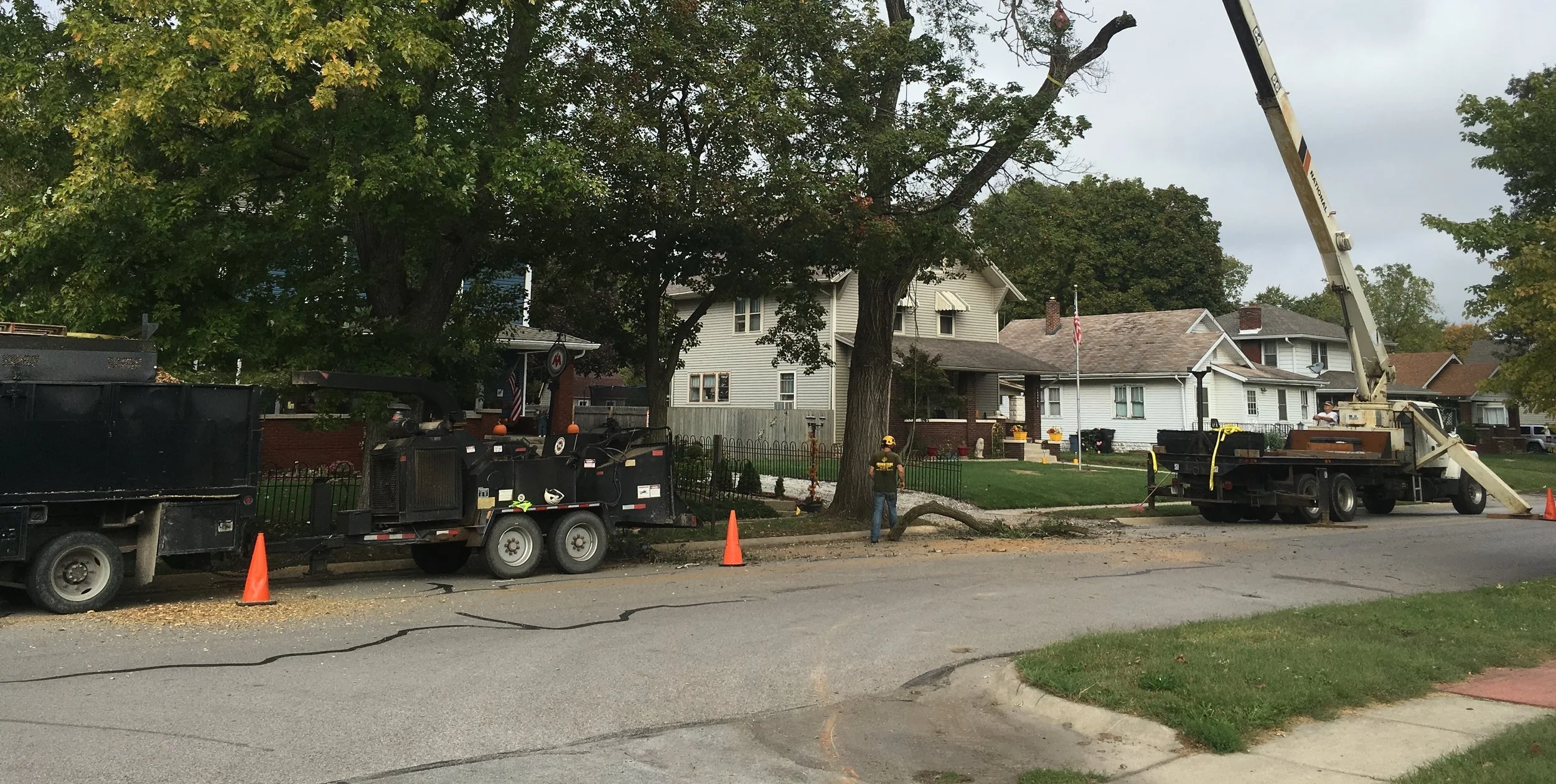Is there a hole in your tree?
/Did you know? It's not uncommon for trees to have hollows inside their trunks. This can be a natural part of the tree's aging process, especially as the heartwood (the older, inner wood) decays. While hollows don't always indicate a problem, it's wise to have a professional arborist assess the tree to ensure its structural integrity.
Common Causes of Tree Hollowing include:
Aging: As trees age, their heartwood can decay, leading to hollows.
Fungal Infections: Fungi can enter through wounds and cause wood decay.
Insect Infestation: Insects can bore into the tree, further contributing to hollowing.
Physical Damage: Storms, accidents, or improper pruning can create entry points for decay.
When to Consider Removal:
Large Hollows: If a significant portion of the trunk is hollow or if the hollow is in a critical area, removal may be necessary.
Near Structures or Hazards: Trees with large hollows near buildings, power lines, or high-traffic areas should be carefully evaluated.
Declining Health: If the tree is also showing signs of other health problems, such as extensive decay or dieback, removal may be the safest option
An ISA certified arborist can assess the tree's structural strength and determine if the hollow poses a risk.
Browning Tree Service employs Joshua Browning ISA certified arborist license #KY-9849A who is a proud member of Indiana Arborist Association and International Society of Arboriculture, serving the West Lafayette and Lafayette, Indiana area.
Resources:










